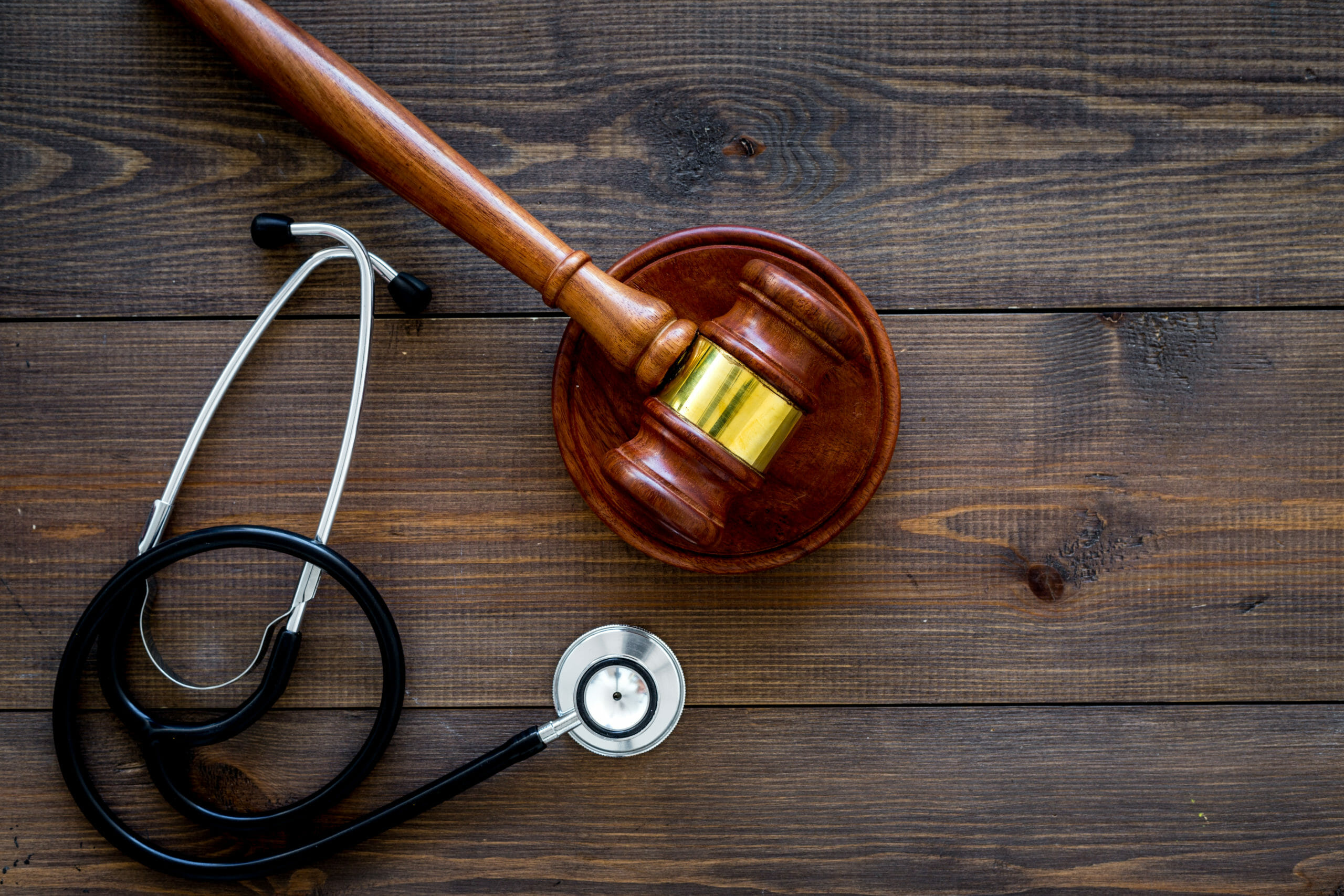If you suffered injuries in an accident caused by another’s negligence, you probably want to get your case resolved as quickly as possible. Not surprisingly, one of the first questions every client asks is: How long will my personal injury case take?
Since there are so many variables that can come into play, there’s no clear-cut answer. Every case is unique, and the facts surrounding every accident are different. While no attorney can tell you exactly how long your case will take from the outset, most personal injury cases follow the same chronology, which can give you a good idea of the timeline you might expect.
1. Obtaining the Necessary Medical Treatment
The first step in any personal injury action is obtaining the appropriate medical treatment. Getting the medical care you need is essential not only for your health but for your lawsuit, as well. Even if liability cannot be disputed, you won’t have a viable case without medical documentation — no matter how severe your injuries might be.
It’s also crucial to follow your doctor’s instructions. If you’ve been recommended to go to physical therapy three times a week and fail to do so, the insurance company may argue you’re not as injured as you claim to be and try to dismiss your case.
2. Consulting With a Personal Injury Attorney
It’s best to speak with a personal injury attorney sooner rather than later if you’ve been in an accident. A lawyer can provide you with valuable advice and protect your rights once you’ve retained them. Importantly, not all lawyers are the same — you should make sure to hire an attorney who has a good amount of experience handling the type of accident case you have.
3. Investigating the Accident and Reviewing the Medical Records
Once you’ve hired a personal injury lawyer, they will investigate your claim and the circumstances surrounding the accident. They’ll also collect evidence to support your case, including:
- Photographs or video surveillance
- Statements from witnesses
- Police reports or any other accident reports
- Medical records
- Your employment and earnings history
- Opinions from experts, if applicable
During this stage, it’s essential to be open and honest with your lawyer about the facts of your accident and your injuries so they know how to build your case and obtain the best possible results.
4. Filing the Lawsuit
If your doctor determines that you’ve reached maximum medical improvement and the insurance company refuses to settle your case at the payout you deserve, your attorney will file your lawsuit in court. This begins the litigation process. How quickly your case moves will depend on the court’s calendar and what information needs to be obtained during the discovery process.
Critically, there are statutes of limitation associated with filing a personal injury lawsuit that your attorney will be aware of. While New York has a three-year statute of limitations for commencing a personal injury action, there are shorter time frames if the City of New York must be named in the action. If you don’t file your case before the statute of limitations runs out, your claim may be forever barred.
5. The Discovery Phase of Litigation
The discovery process gives both sides the opportunity to investigate the other’s claims. Discovery is typically the longest phase of litigation and can go on for several months, or even years in complex cases — or those involving the City of New York.
During discovery, the plaintiff and defendant will request and exchange relevant information, evidence, and witnesses. Each side may ask for documents and interrogatories. They may also conduct depositions of the parties in the case and eyewitnesses or expert witnesses.
6. Engaging in Settlement Negotiations
A good lawyer will know whether your case should be settled, or if going to trial will maximize your compensation. After discovery has concluded (and sometimes before), your lawyer will engage in negotiations with the insurance company. While most cases settle, a personal injury case will proceed to trial if a fair settlement agreement isn’t reached.
7. Taking the Case to Trial
The last stage of a personal injury lawsuit is trial. Unlike what you see in the movies, a personal injury trial in court can last a few hours or even a few weeks in complex cases.
Contact an Experienced New York City Personal Injury Attorney
Going through the various stages of a lawsuit can be stressful, but working with a capable personal injury attorney should take the burden off your shoulders. Due to our years of experience, capability, and skill, we regularly secure settlements and verdicts in the millions for our clients.
The Edelsteins, Faegenburg & Blyakher LLP have extensive experience fighting for the rights of accident victims to ensure they get the maximum compensation they deserve. Located in Manhattan, we have been handling personal injury cases throughout New York City since 1937. Call to schedule a free consultation at (212) 425-1999 today.

